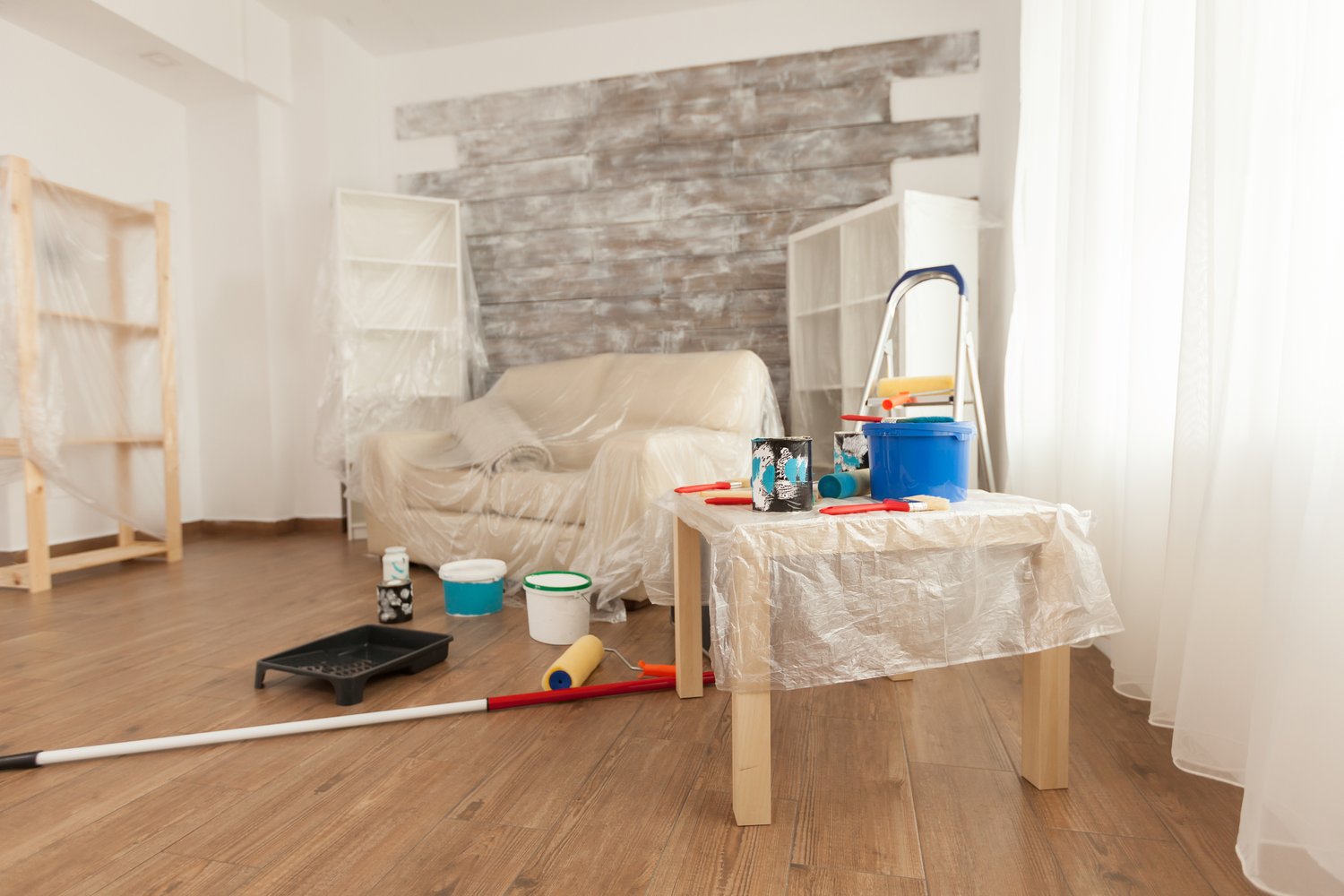In our fast-paced world, quality sleep has become increasingly precious yet elusive. Creating a sleep sanctuary in your bedroom and establishing a consistent bedtime routine are powerful ways to improve your rest. This article explores practical strategies for transforming your bedroom into a haven for better sleep through thoughtful design choices, comfortable bedding, environmental adjustments, and relaxing pre-sleep rituals. By implementing these suggestions, you can create the ideal conditions for restorative slumber that leaves you refreshed and rejuvenated.
The Importance of a Sleep Sanctuary
Your bedroom environment plays a crucial role in determining sleep quality. Creating a sleep sanctuary isn’t just about aesthetics—it’s about designing a space that signals to your brain that it’s time to rest. The concept goes beyond simply having a comfortable bed; it encompasses everything from the visual elements to the sensory experience. Studies show that people who make intentional efforts to optimize their bedroom for better sleep report falling asleep faster and experiencing fewer nighttime disturbances. Your bedroom should feel noticeably different from other spaces in your home, serving as a dedicated retreat for relaxation and rest.
Decluttering Your Space
A cluttered bedroom creates a cluttered mind. Before implementing any design changes, start by removing unnecessary items from your sleeping space. Physical clutter contributes to mental clutter, making it difficult to wind down at night. Remove work materials, exercise equipment, and electronic devices that aren’t essential to your sleep environment. Consider implementing storage solutions that keep necessary items accessible but out of sight. Even small changes, like dedicating five minutes each evening to tidying your bedroom, can make a significant difference in creating a space that feels ordered and peaceful. The goal is to create visual simplicity that allows your mind to relax rather than process stimuli.
Choosing Calming Bedroom Colors
The colors surrounding you significantly impact your mood and ability to relax. When selecting calming bedroom colors, opt for soft, muted tones that promote tranquility. Light blues, gentle greens, lavenders, and warm neutrals are particularly effective for creating a soothing atmosphere. Avoid bright, stimulating colors like vibrant reds or yellows in your primary bedroom decor. If you’re not in a position to repaint, consider incorporating your preferred calming colors through bedding, curtains, and decorative accents. The psychology of color is powerful—the right bedroom palette can lower heart rate and reduce blood pressure, preparing your body for restful sleep.
Investing in Comfortable Mattress and Bedding
Nothing impacts sleep quality more directly than your mattress and bedding. A supportive mattress that accommodates your preferred sleeping position is worth the investment, considering you spend approximately one-third of your life in bed. Memory foam, hybrid, and adjustable mattresses offer different benefits depending on your needs. Complement your mattress with comfortable bedding that feels luxurious against your skin. Natural materials like cotton, linen, and bamboo are excellent choices as they breathe well and help regulate body temperature. Experts from AskHomey recommend replacing pillows every 1-2 years and mattresses every 7-10 years to maintain optimal support and hygiene.
Minimizing Light and Noise
Light and noise are two of the most common disruptors of quality sleep. Blackout curtains or shades can eliminate outdoor light pollution, while removing or covering electronic devices eliminates the distraction of blinking lights. Consider addressing noise issues with white noise machines, soft earplugs, or weatherstripping on windows and doors to block outside sounds. Even small sources of light, like digital clocks, can impact sleep quality by interfering with melatonin production. Creating a truly dark and quiet environment signals to your brain that it’s time for deep, restorative sleep.
Establishing a Relaxing Bedtime Routine
A consistent relaxing bedtime routine serves as a powerful signal to your body that it’s time to wind down. Aim to begin your routine about 30-60 minutes before your intended sleep time. Effective elements might include gentle stretching, reading physical books (not e-readers), taking a warm bath, journaling, or practicing meditation. The key is consistency—performing the same actions in the same order each night creates a psychological association between these activities and sleep. Avoid screen time during this period, as the blue light emitted by phones, tablets, and computers suppresses melatonin production and increases alertness. Your relaxing bedtime routine should feel like a nourishing ritual rather than another set of chores.
Maintaining Your Sleep Sanctuary
Creating a sleep sanctuary is not a one-time project but an ongoing practice. Regularly assess your bedroom environment to ensure it continues to serve your sleep needs. Adjust elements seasonally, such as switching to lighter bedding in summer and heavier options in winter. Refresh your space periodically with small changes like new pillowcases or a soothing essential oil diffuser. The small efforts you make to maintain your sleep sanctuary pay dividends in improved rest and overall wellbeing.
For more tips and to connect with reliable home service professionals, follow AskHomey on Facebook and Instagram.



